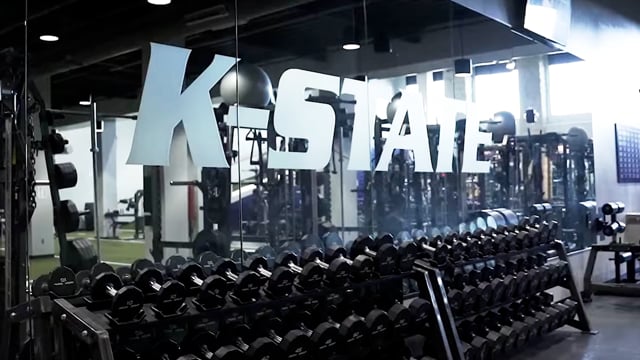VBT and Movement Quality

Movement quality has been a hot topic in the strength and conditioning field for years. The quality of movement has an effect on athletic ability and injury prevention. The Functional Movement Screen (FMS) is the leading movement screen for athletes and the general population.
The FMS is able to quantify efficiency in different movement patterns to give the evaluator an idea of how well an individual moves and gives us insight to look at the body’s joints for dysfunction. It is another objective measure to help determine performance. Using another objective measurement device, we can determine if VBT and Movement Quality can work together to improve athlete performance. And if return to play protocols using VBT can help.
MOVEMENT QUALITY AND FORCE PRODUCTION
A major question around movement quality is if the body can provide maximal force when joints are not in alignment with their stable and mobile nature? If the knees and ankles are unstable in a squat, it’s like trying to shoot a cannon out of a canoe; The body is being asked to perform a stable task in an unstable environment.
This said, movement quality matters, especially when maximizing intent in the weight room. Coaches sometimes err away from VBT because when an athlete is challenged to move fast, form can slip. This is why we emphasize that VBT is a great tool to help provide objective guidance around loads, but coaches are still needed to coach. In this way, movement quality is retained. Therefore, VBT and movement quality can go hand in hand, the extent to which is up to the coach.
INJURIES AND RETURN TO PLAY WITH VBT
Returning to play after injury is an enormous field of research. Assessing movement quality subjectively and using VBT for objective data can alleviate guesswork in this process. A common injury across sports is anterior cruciate ligament (ACL) tears. Knee instability is commonly found post ACL surgery. Due to this, in return to play protocol it is common practice to evaluate individual limb differences with force output.
Researchers Ardern et al. found that after an ACL reconstruction surgery, only 63% of 5770 athletes were able to return to their pre-injury level of play. These individuals were evaluated using strength metrics but not power. In addition, Researchers Angelozzi et al. found that even when strength levels returned to normal post-ACL reconstruction, there were still significant deficits in rate of force development 6-months afterward.
VBT AND MOVEMENT QUALITY
VBT devices can shed light on differentiation between lower body limbs. And Perch specifically is able to categorize unilateral movements and assign velocity and power metrics to right vs left limbs. Therefore, coaches can use these metrics to gain insight into individual leg differences in force development.
For example: using a single leg jump protocol, Perch can measure the velocity of a single leg vertical jump. Additionally, we know the less force put into the ground, the lower the velocity of the bar. From this we can then get an idea as to unilateral differences in stability and rate of force development. This insight into athlete movement and rate of force development could prove invaluable when making programming decisions for our athletes. In turn, this can help them return to play safely and functionally.
CONCLUSION
Could movement screening paired with velocity screening provide us the looking glass we need to spot deficits in athlete rate of force development? Bridging the gap between movement quality and accurate analysis of force production could be the next best way to keep our athletes safer and stronger on and off the field.
FOLLOW US!
Keep checking back for more velocity based training content, tips, tricks, and tools. And don’t forget to follow us on Twitter , Instagram and LinkedIn and like us on Facebook . And more on our YouTube Page!
Read more about Perch here! And check out Product Videos here. And our support website here.
Back to basics? Review the origins of VBT and Strength Training!
SOURCES:
- Ardern, C. L., Webster, K. E., Taylor, N. F., & Feller, J. A. (2011). Return to sport following anterior cruciate ligament reconstruction surgery: a systematic review and meta-analysis of the state of play. British journal of sports medicine, 45(7), 596–606. https://doi.org/10.1136/bjsm.2010.076364
- Angelozzi, M., Madama, M., Corsica, C., Calvisi, V., Properzi, G., McCaw, S. T., & Cacchio, A. (2012). Rate of force development as an adjunctive outcome measure for return-to-sport decisions after anterior cruciate ligament reconstruction. The Journal of orthopaedic and sports physical therapy, 42(9), 772–780. https://doi.org/10.2519/jospt.2012.3780

Start Gathering Data With Perch Today!
Reach out to us to speak with a representative and get started using Perch in your facility.








































































.avif)

































